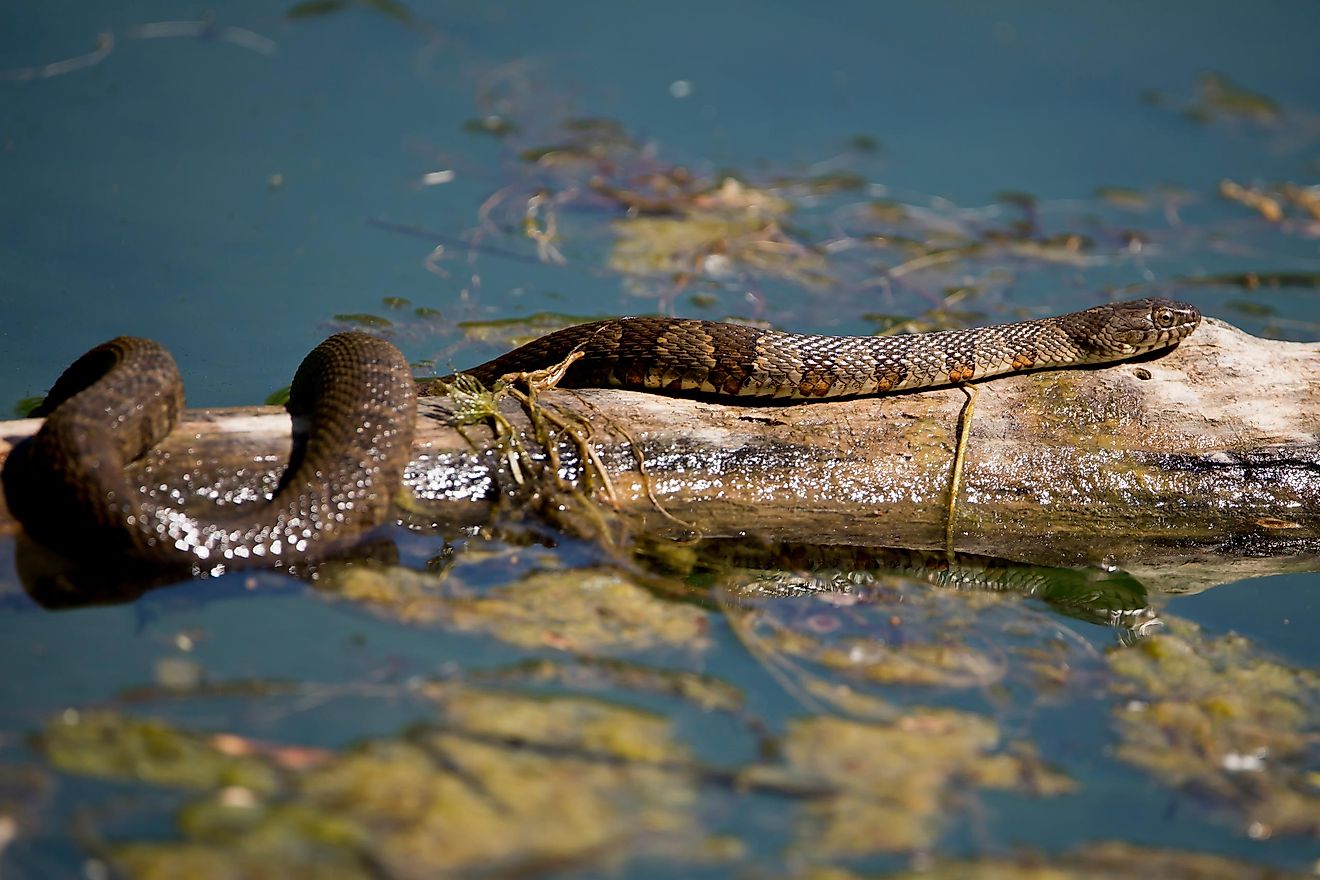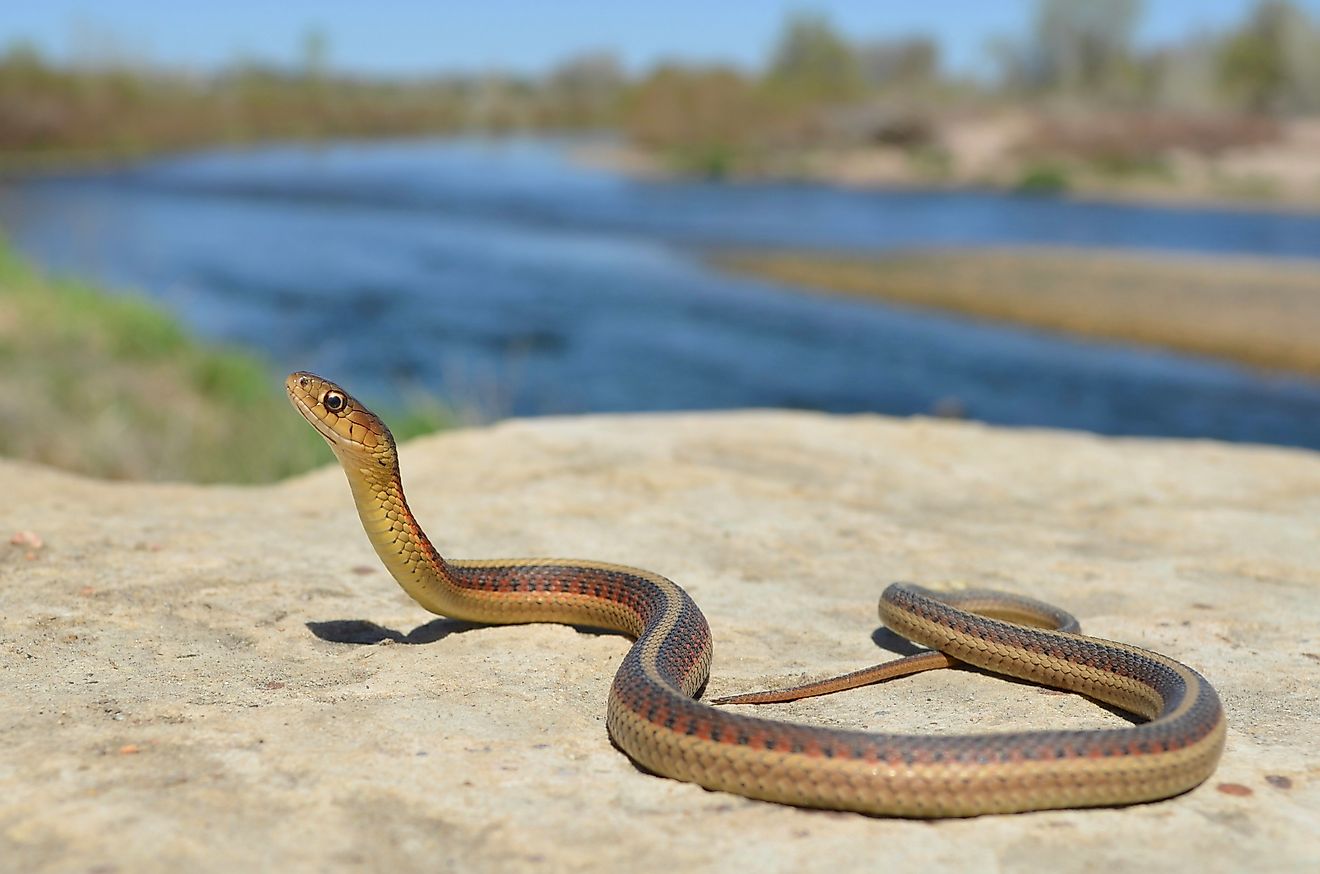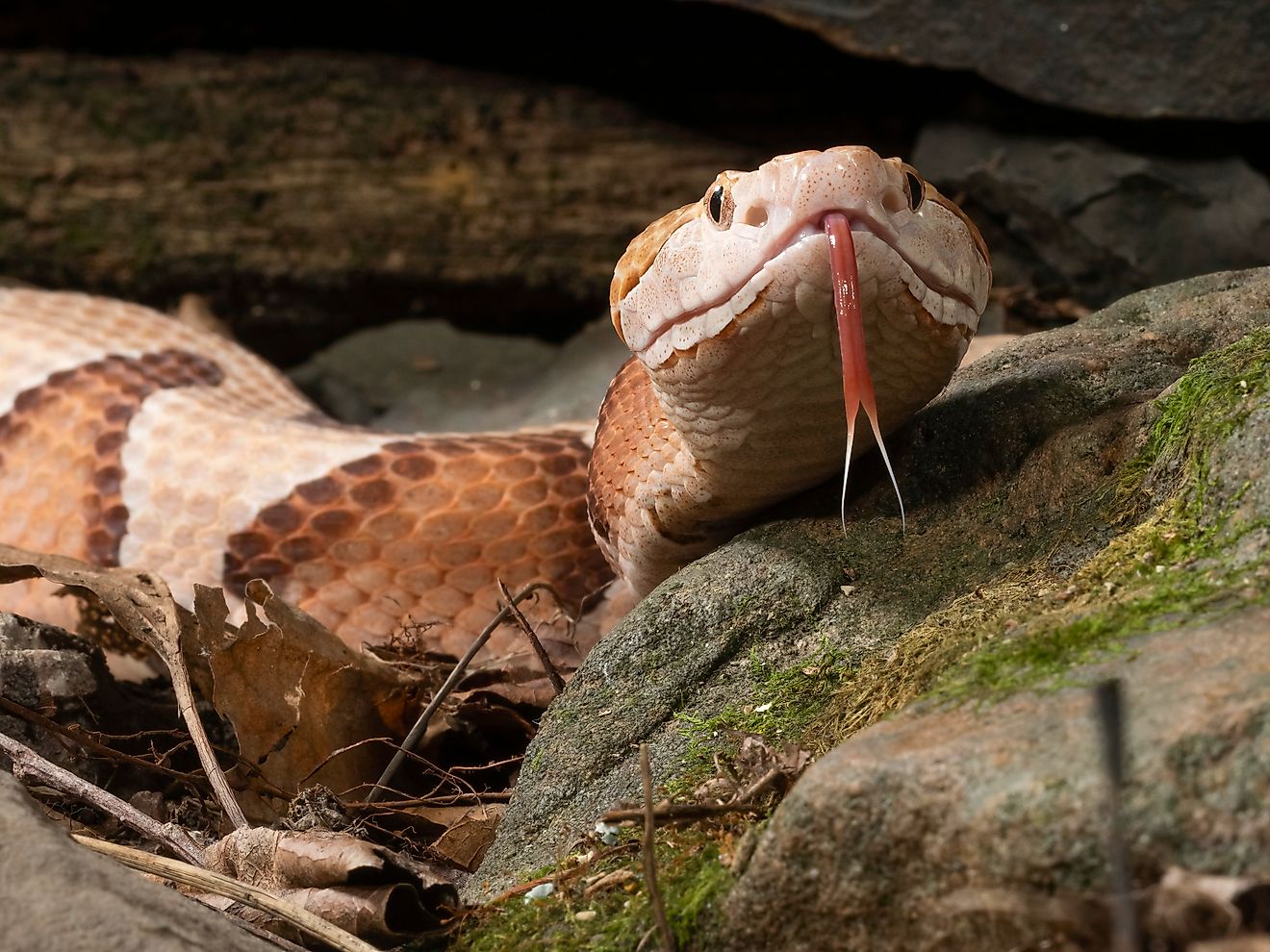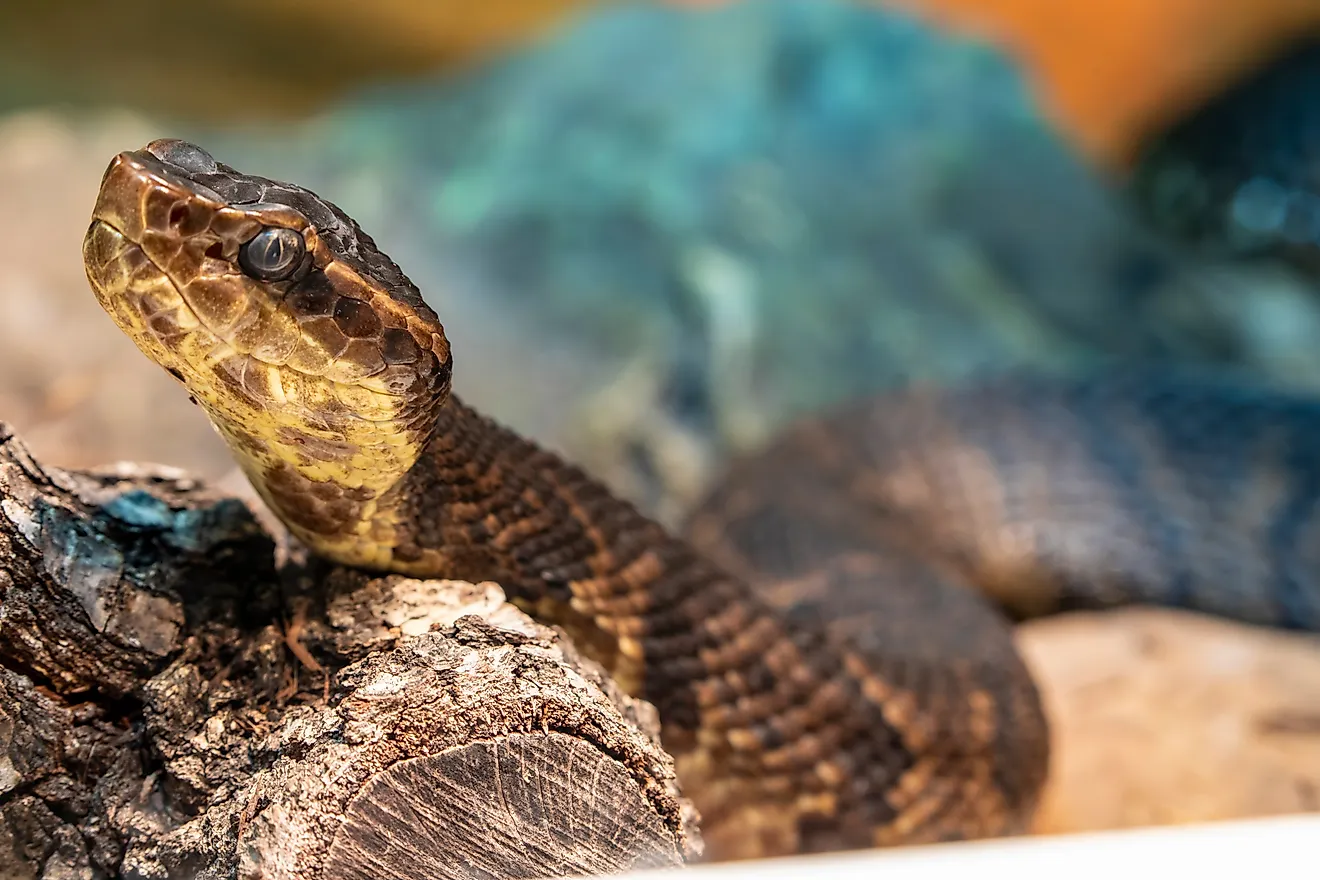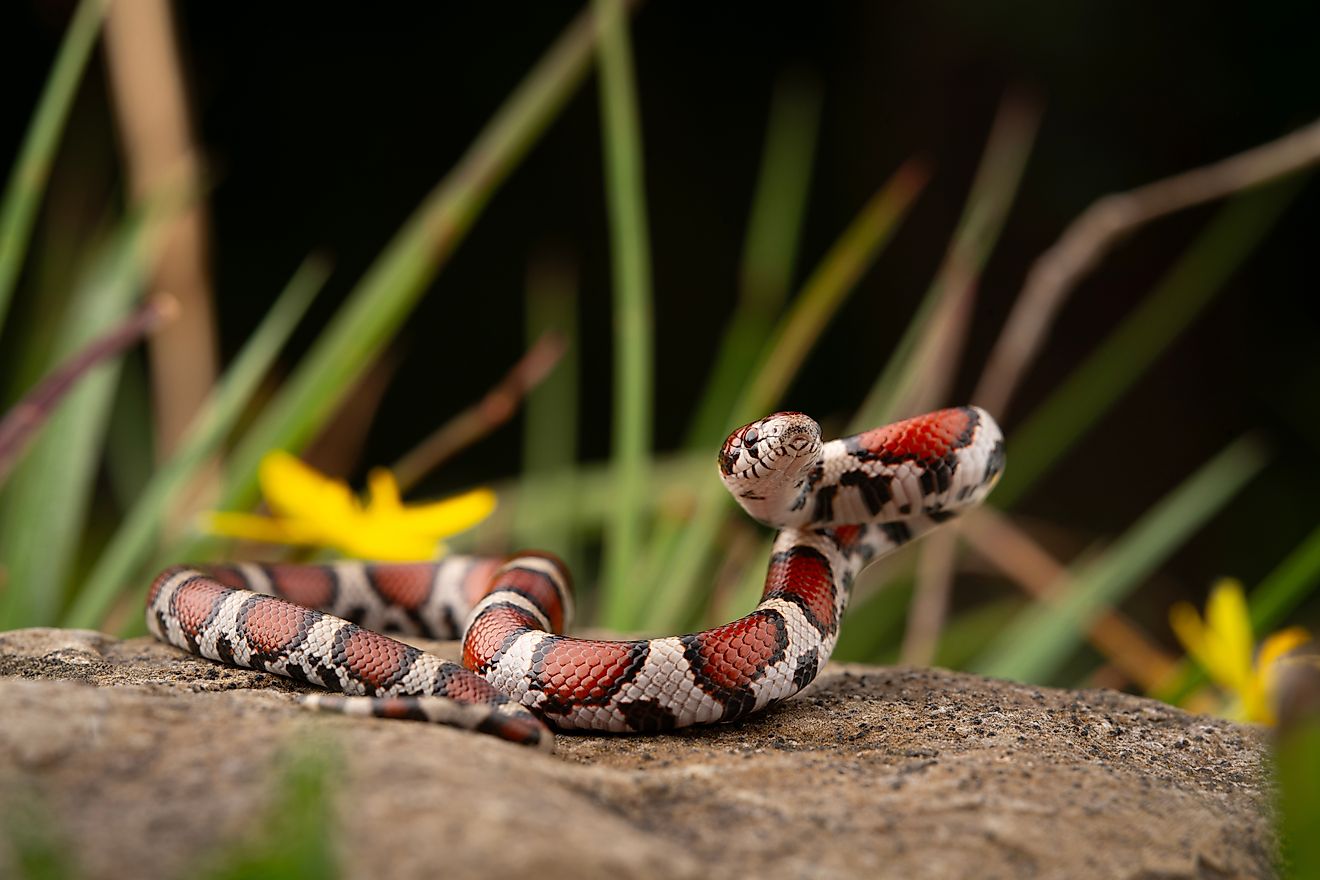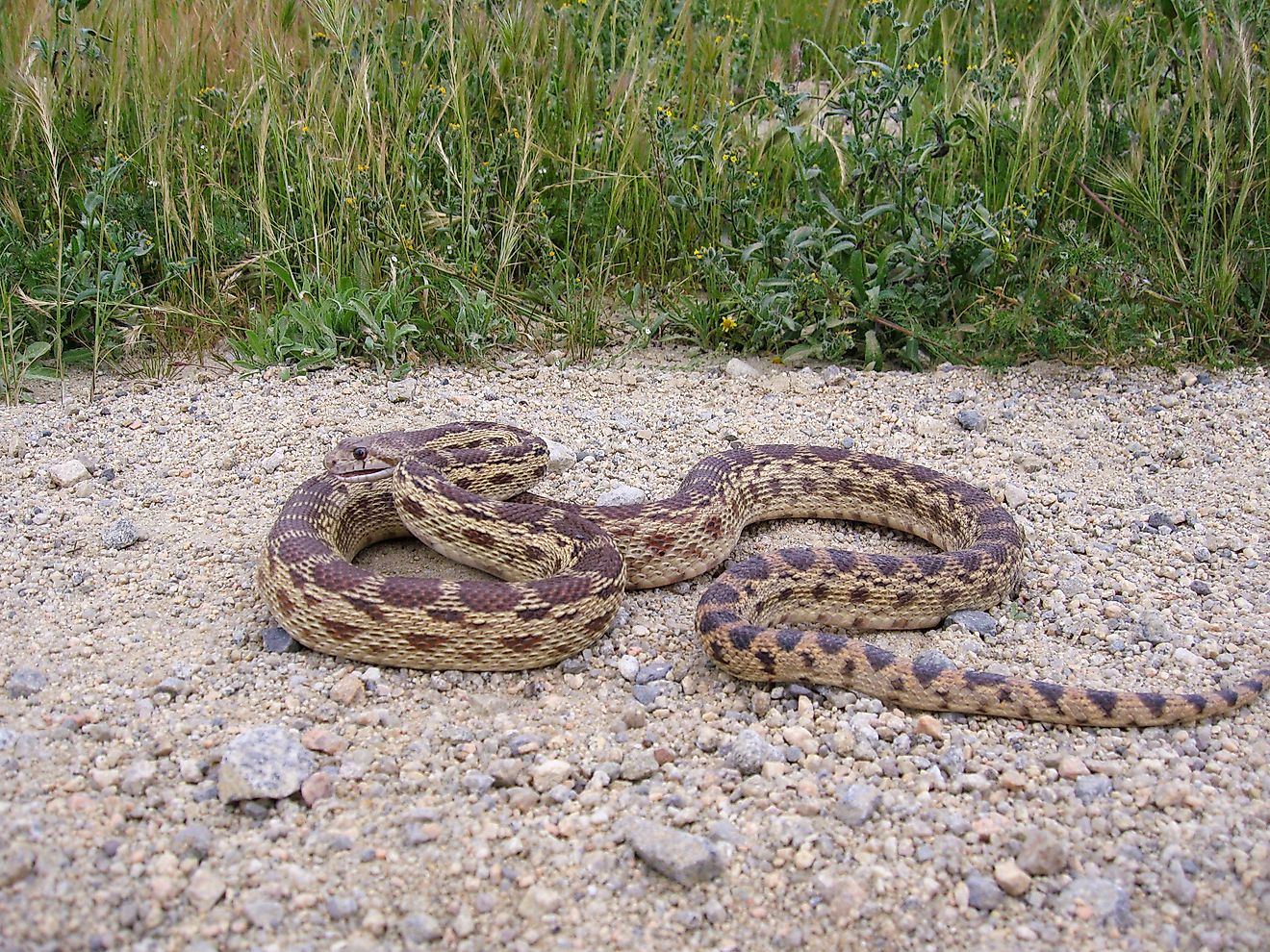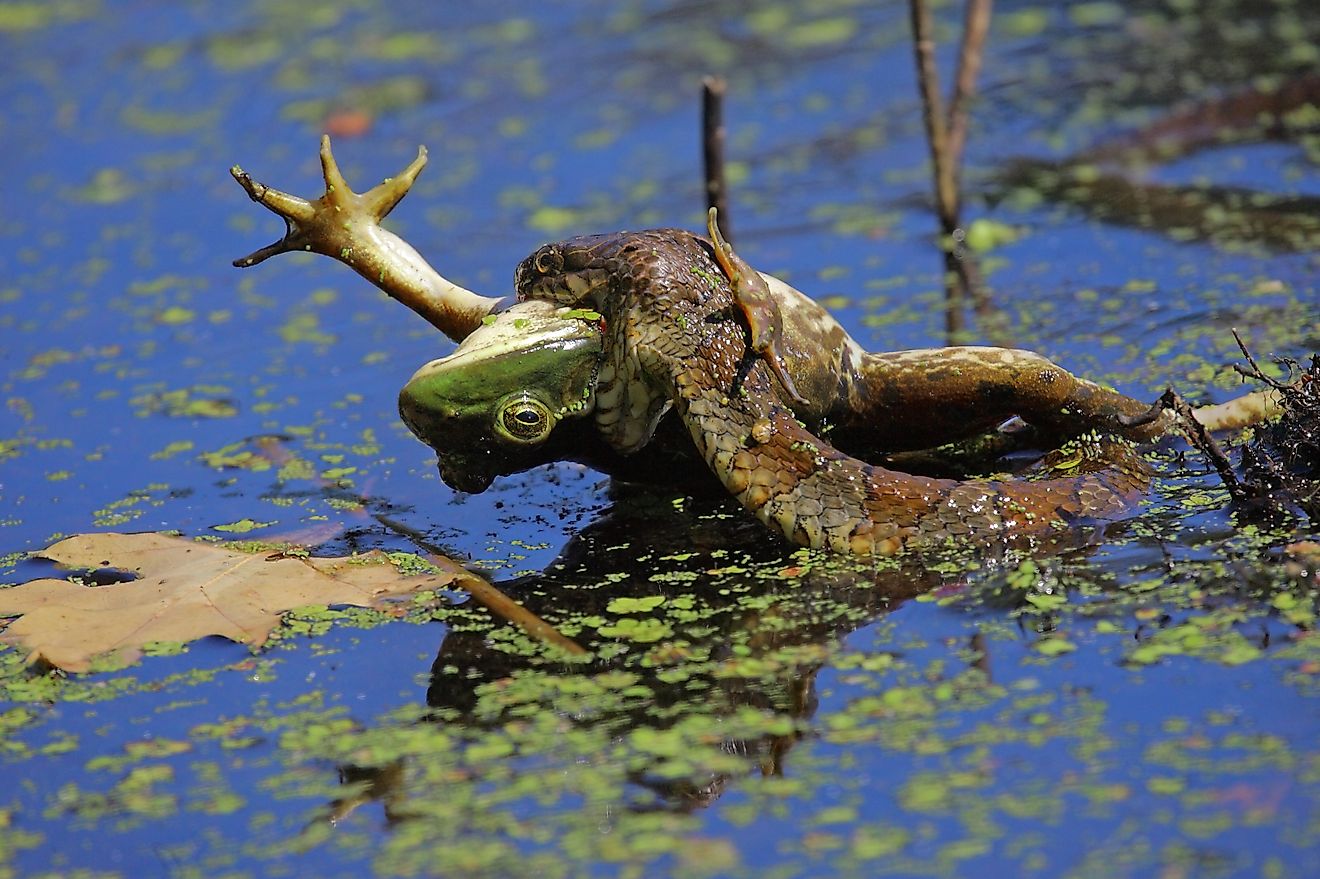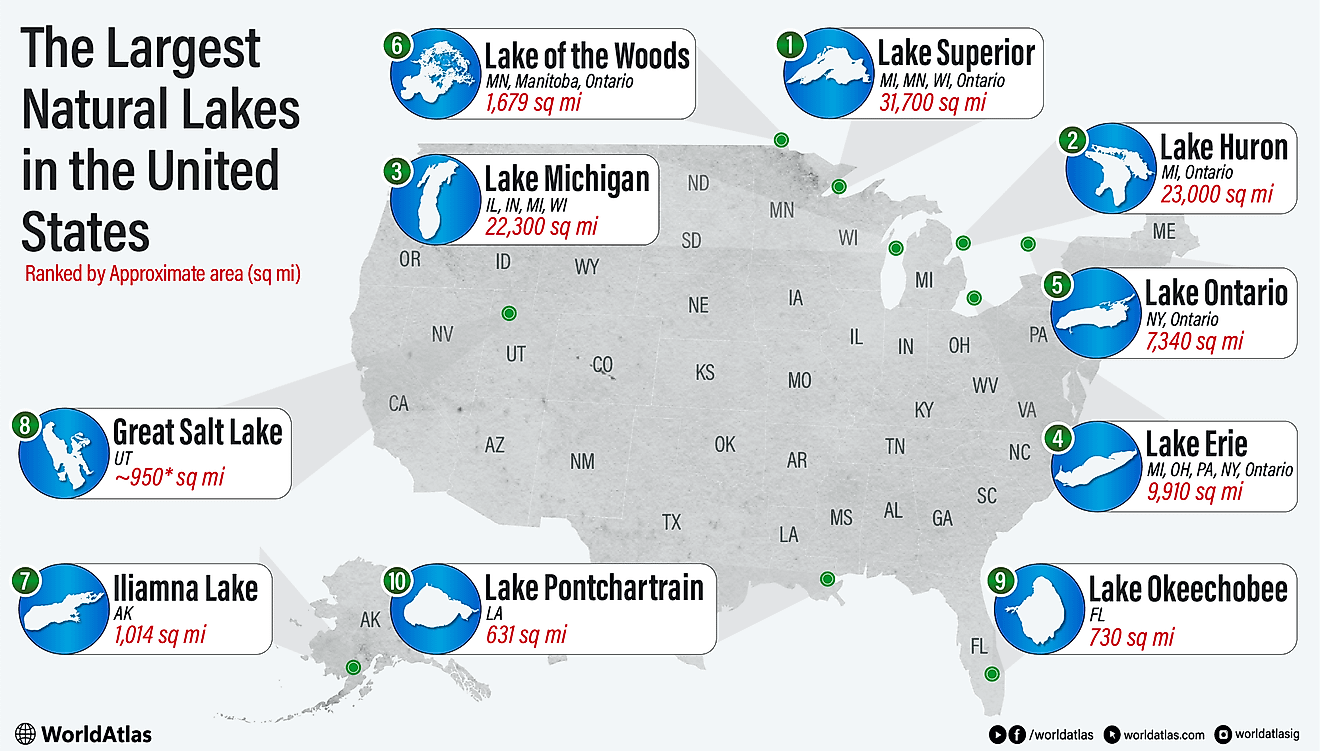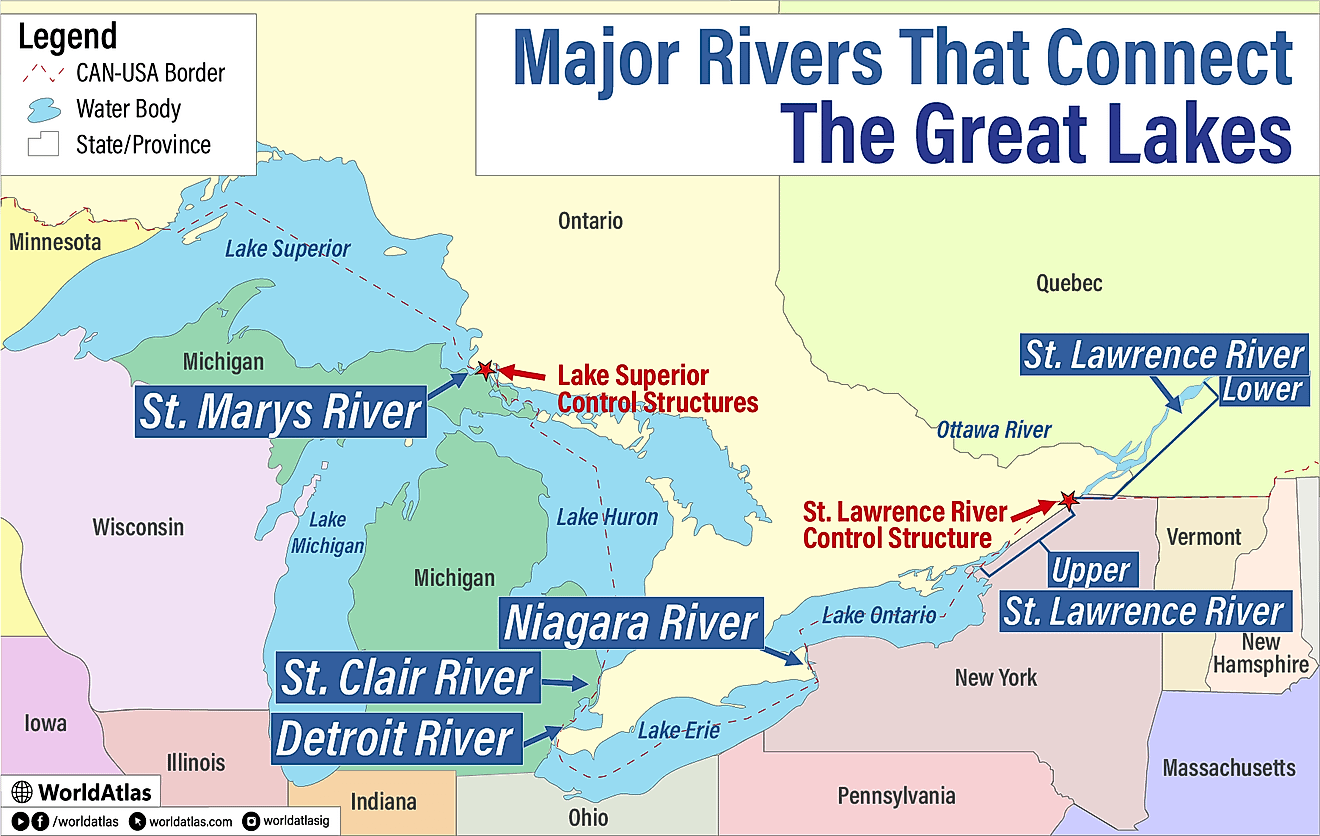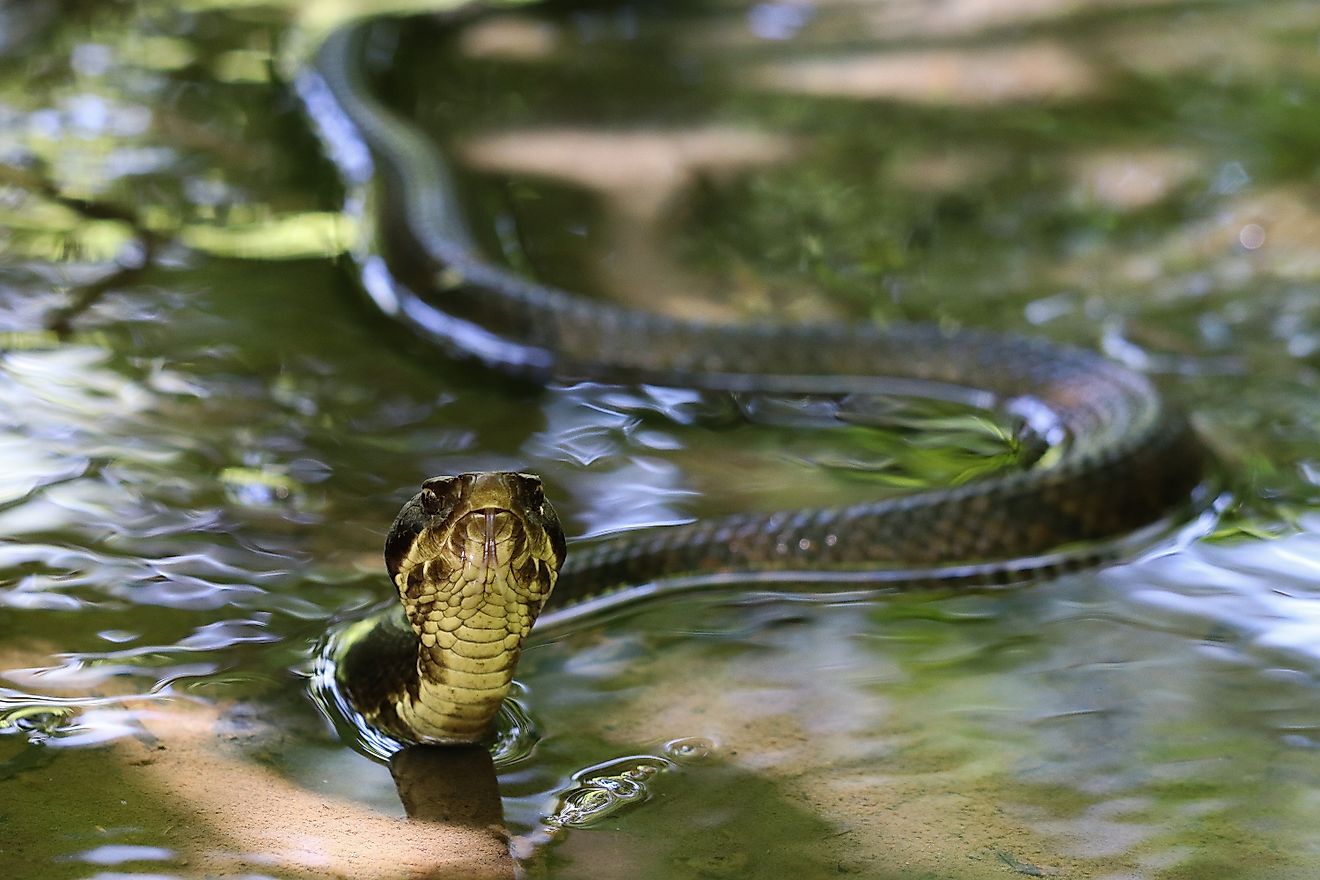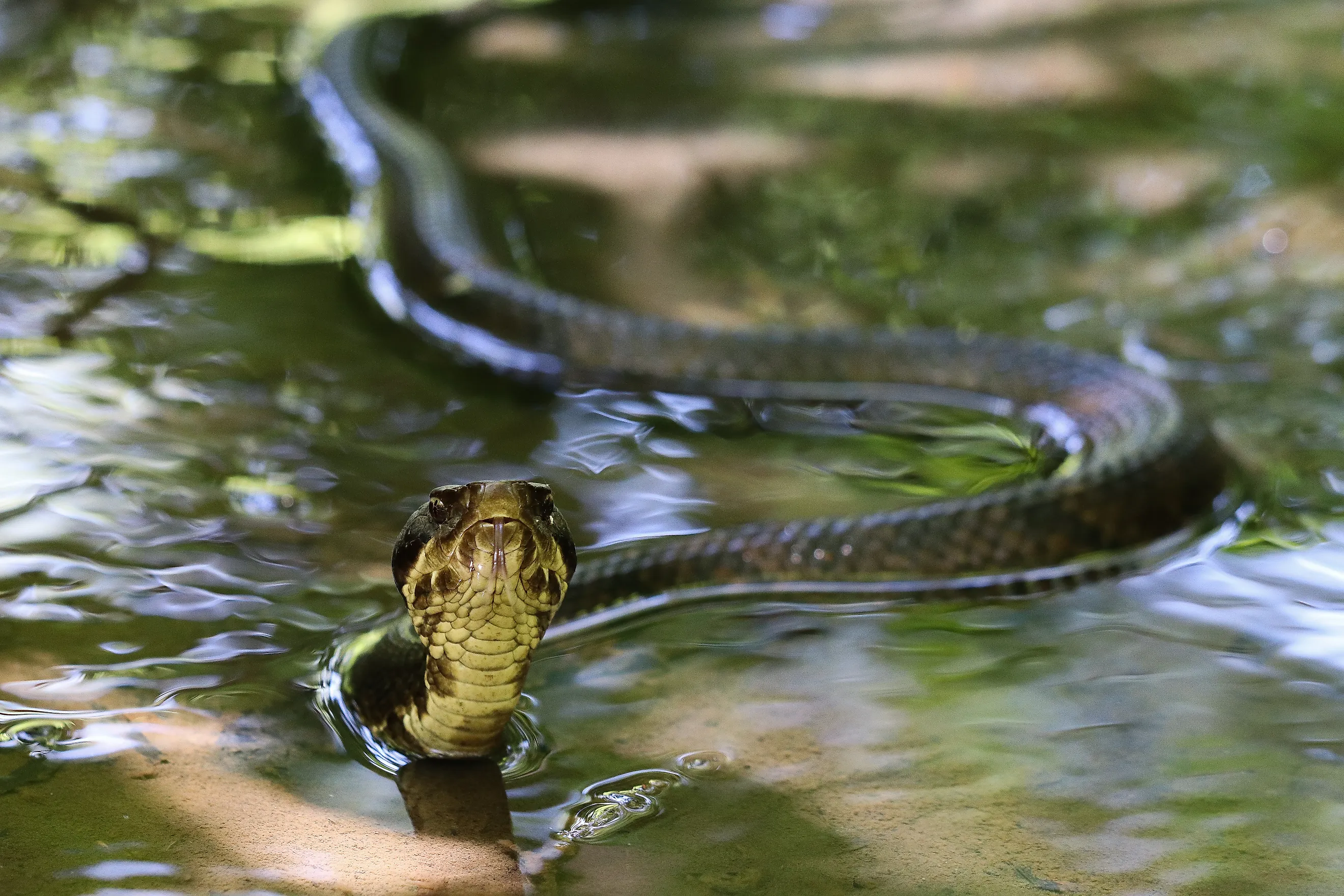
5 Most Snake-Filled Bodies Of Water In Tennessee
The landlocked state of Tennessee is crawling with lakes, significant rivers, and with snakes. This part of the southeastern United States has 32 known species of native snakes, four of which are venomous, and many of which are drawn to notable bodies of water. Though these fear-inducing, cold-blooded reptiles are more commonly associated with leaf litter and sunny fields, waterways offer an abundance of small prey - not to mention the surrounding vegetation they rely on for stealth. Some of these snakes are surprisingly good swimmers, but even if some species reject the open water, they can still benefit from riverbanks and reservoir shorelines. So, let's explore the most snake-infested bodies of water within Tennessee's purview and the corresponding cast of slithering characters that summertime tourists might encounter.
Reelfoot Lake

The star attraction when it comes to water-based Tennessee snakes is that of Reelfoot Lake. Perched in the state's northwest corner, next to the snaking Mississippi River, this 15,000-acre natural body of water formed after a series of significant earthquakes along the New Madrid fault zone in the winter of 1811 - 1812. Today, its calm, shallow waters attract a host of interesting serpents who take refuge in Reelfoot Lake State Park, Reelfoot National Wildlife Refuge, and elsewhere around its abundant shores.
The main venomous snake to keep an eye out for is the classic cottonmouth (aka water moccasin). Its formal, scientific name, Agkistrodon piscivorus, translates as "fish eater" - which explains its propensity for the water. Often confused with non-venomous water snakes, this stout, darkly-colored species can be best distinguished by its diamond-shaped head, sometimes hazy blue eyes (a sign that it is about to shed its skin), and of course, the white interior of its mouth after which it takes its first common name (but if it's flashing this feature at you, then you're already in trouble). Like all snakes, the cottonmouth generally minds its own business, but it can become aggressive during the spring mating season. In fact, it has been known to swim directly for stationary boats.
Now let's look at some non-venomous snakes in the vicinity of Reelfoot Lake. At three-to-five feet in length and a dark-colored back, the copperbelly water snake (Nerodia erythrogaster neglecta) looks rather like the cottonmouth. The main distinguishing feature is its orange-red belly. Another meaty, mid-sized resident of Reelfoot is the Broad-banded watersnake (Nerodia fasciata confluens). It is known locally as a "yellow moccasin" or "pink flamingo snake," because of its distinctive blend of dark, broad crossbands, and thinner yellow or grayish ones, as well as a few other colorful accents. It is most often spotted basking on logs or along the lake's edges. Finally, the Eastern ribbon snake (Thamnophis sauritus) resembles the common garter snake. This harmless snake likes to be close to calm water sources to hunt frogs, salamanders, fish, and tadpoles.
Dale Hollow Lake
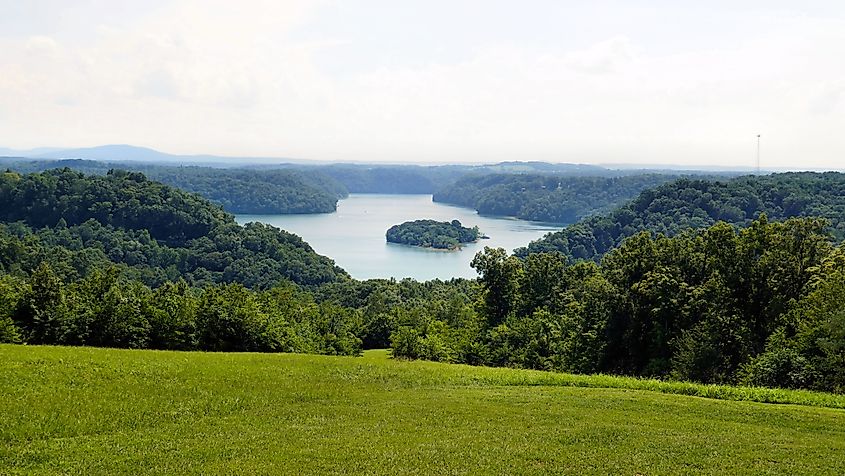
Dale Hollow Lake, aka Dale Hollow Reservoir, was created by the Dale Hollow Dam upon its completion in 1943. Now, its approximately 28,000 acres and 620 miles of sinuous shoreline spanning not only north-central Tennessee but also south-central Kentucky attracts approximately three million visitors every year for boating, fishing, and even scuba diving. As it happens, some notable snakes have also taken a liking to this artificial sanctuary.
As expected, the northern watersnake (i.e. Tennessee's most common aquatic serpent) fares well at Dale Hollow Lake. Given that the midland watersnake (Nerodia sipedon pleuralis) occurs in the western two-thirds of the state, and the common watersnake (N. s. sipedon) prefers the northeast, it is possible that both subspecies (which are known to interbreed) could find their way to the expansive, centrally-located reservoir. In either case, these snakes grow between 24 - 42 inches in length, are heavy-bodied, and exhibit keeled scales that vary greatly in color (though they tend to get darker - sometimes almost black - as the snake ages). Despite its intimidating appearance, the northern watersnake is non-venomous.
The same cannot be said, however, for the timber rattlesnake (Crotalus horridus) and the northern copperhead (Agkistrodon contortrix mokasen). Both brands of pit vipers are encountered at Dale Hollow. The former - known for its auditory alarm - is the largest and most dangerous of Tennessee's four venomous snakes. Though it prefers heavily wooded areas, the timber rattlesnake is a perfectly capable swimmer - a tool which comes in handy when hunting fish, frogs, and other snakes. The copperhead is shorter than its rattling counterpart, though it is still quite stout, and still venomous. As the name suggests, look for its copper-colored, triangular head, but also its dark-brown, hourglass-shaped (sometimes likened to a Hershey's kiss) crossbands.
Cumberland River
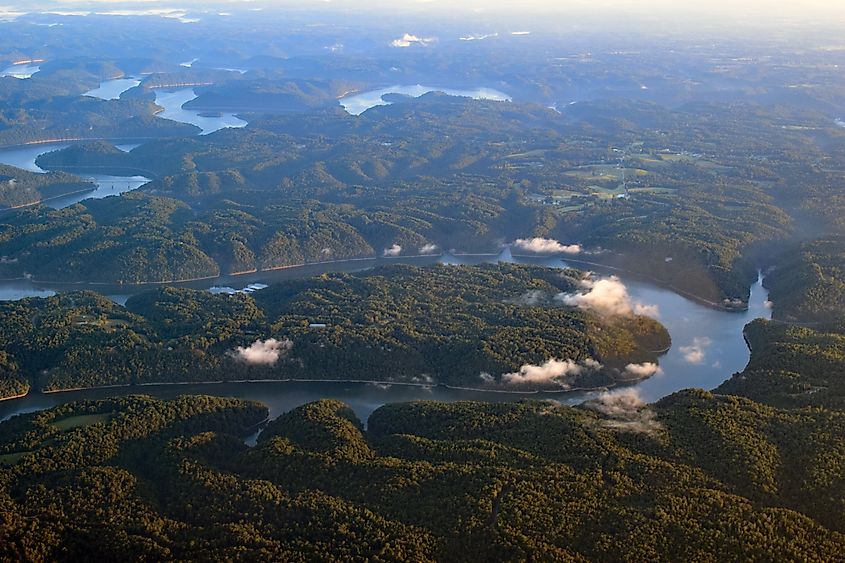
The mighty Cumberland River begins in the ancient Appalachian Mountains and flows 688 miles across north-central Tennessee and parts of southern Kentucky before meeting the Ohio River. In the process, its 18,000 square-mile watershed unites all four of Tennessee's venomous snakes. We've already met the cottonmouth, copperhead, and timber rattlesnake, but now we get introduced to the pygmy rattlesnake (Sistrurus miliarius). The pattern of descriptive common names continues with this little fellow - the smallest of the state's venomous snakes (i.e. 15 - 20 inches). The pertinent subspecies is the western pygmy rattlesnake (Sistrurus miliarius streckeri), which can be found in the western Highland Rim.
This subtly loquacious (its rattle sounds more like an insect and can only be heard up close) pit viper is typically gray or tan with dark blotches and an orange-brown stripe down its back. It likes to keep close to gentle water sources (floodplains and wetlands do nicely), as it is a proficient swimmer and has adapted to dine on amphibians, lizards, and small snakes. Unfortunately, the western pygmy rattlesnake is listed as threatened by the Tennessee Wildlife Resources Agency (TWRA) and imperiled by the Tennessee Department of Environment and Conservation. So even though it exists, you're unlikely to see (or hear) this rattlesnake in the Cumberland basin. Instead, watch for the other three venomous species.
Watauga Lake

Located within the Cherokee National Forest of Northeastern Tennessee, near the famed Appalachian Trail, Watauga Lake attracts its fair share of snakes - some we have not yet encountered on our tour. While there are copperheads and timber rattlesnakes, the most common snake in this neck of the woods is the eastern rat snake (Pantherophis alleghaniensis). Formerly known as the black rat snake, this is a long (i.e. 3.5 - 7 feet), shiny-black, non-venomous constrictor snake. It is simultaneously an excellent climber and swimmer, which comes in handy for catching a variety of prey. It is most likely to be seen in the communities surrounding Watauga Lake, as it likes to pick off rodents around buildings.
As expected, the common watersnake also makes an appearance at Watauga Lake. Given its ambiguous appearance, visitors often take to social media with their real-life encounters with this serpent, hoping that the comments section can identify the culprit. As for venomous varieties, be vigilant for copperheads and timber rattlesnakes.
Chickamauga Lake
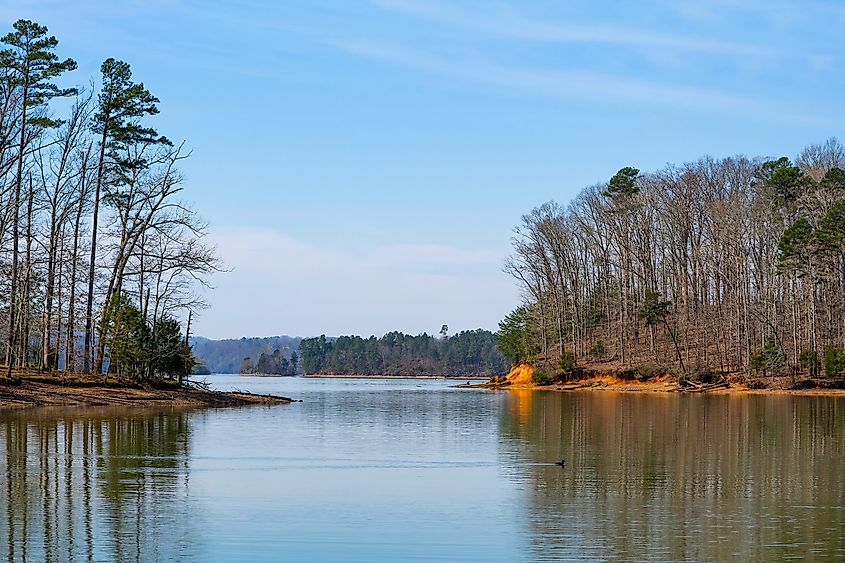
Seen from above, this long, slim, 36,200-acre reservoir looks like a giant snake, so it's only fitting that we end our slither across Tennessee here. Chickamauga Lake spans from the Chickamauga Dam, just north of Chattanooga, all the way up to Watts Bar Dam, and took shape in 1940 after the Tennessee Valley Authority sculpted this portion of the Tennessee River. Along with the usual cast of venomous snakes, the Chattanooga region congregates the aptly-named worm snake, which not only looks like a worm, but consumes earthworms and spends most of its time underground; the scarlet snake (commonly mistaken for the venomous coral snake); and the black racer, which (once again), is as dark, slim, and speedy as the name suggests.
Parting Thoughtsss
Though these Tennessee water bodies experience a solid influx of snakes, it doesn't disqualify them from safe and happy vacations. Like these misunderstood reptiles, we too can refresh ourselves, catch some fish, enjoy a little shoreline sun, and go about our lives as we please. The single-digit annual fatalities from snake bites pale in comparison to preventable harms and even "one-in-a-million" accidents such as lightning strikes. The bottom line is, unless they are antagonized, snakes keep their fangs to themselves. Sure, be mindful if walking barefoot in overgrown areas, but otherwise, enjoy your riverside hike or your time at the lake.
